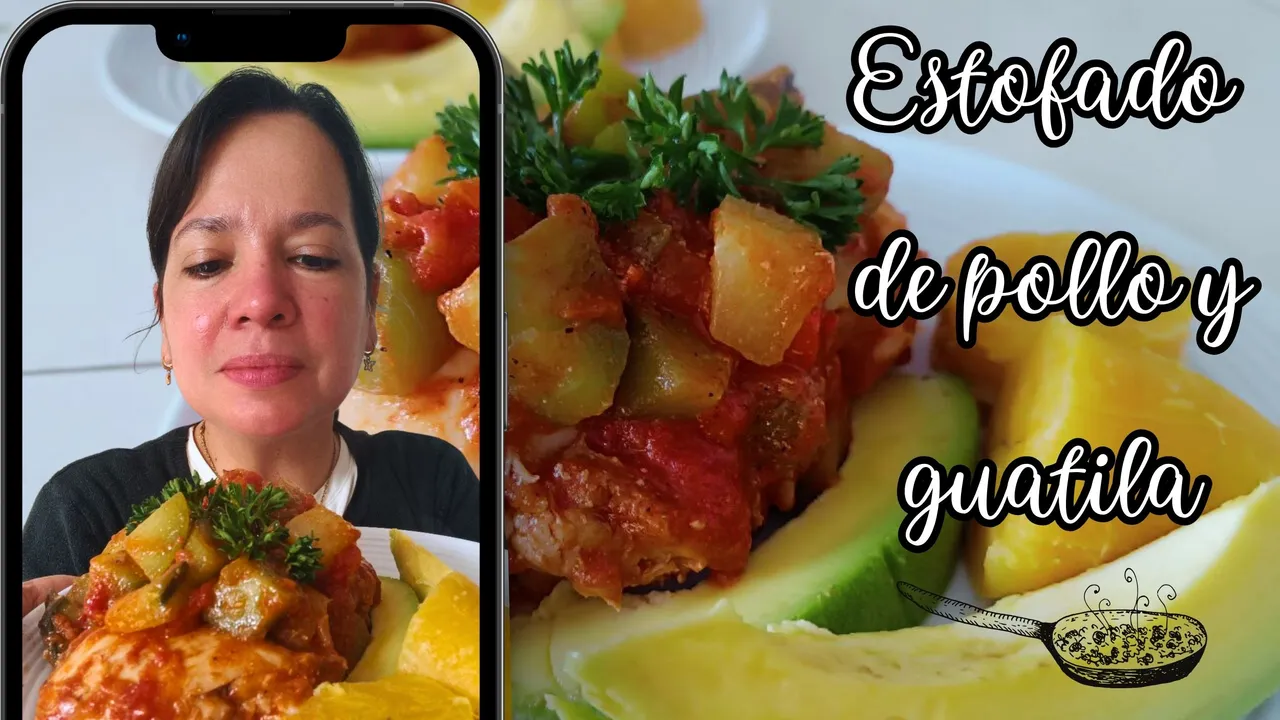

Greetings, my dear foodie friends. I hope you are well, in good health and that this week will be beneficial for everyone.
Today I want to share with you the recipe for a delicious and very nutritious lunch. One of those lunches that I love to make because I enjoy them so much: healthy, colorful lunches, rich in proteins and vegetables.
This time, the recipe is for the preparation of a chicken and guatila stew. And I know you are wondering what is guatila? well, I wondered that too when the lady at the market mentioned it. I was looking for chayotas, as I know them in Venezuela, to include in our meals because they were recommended to my husband as beneficial for the regulation of glucose and triglyceride levels, it turns out that here in Colombia, chayotas are called guatilas.
So I thought it was appropriate to use this new word for chayotas and put it in the title of this recipe so that you will know it too.
Now, let's get down to business with the ingredients and preparation.
Saludos, mis queridos amigos foodies. Espero que estén bien, con mucha salud y que esta semana sea de provecho para todos.
Hoy quiero compartirles la receta de un almuerzo delicioso y muy nutritivo. Uno de esos almuerzos que me encanta hacer porque los disfruto mucho: almuerzos saludables, coloridos y ricos en proteínas y vegetales.
En esta ocasión, la receta es para la preparación de un estofado de pollo y guatila. Y sé que se estarán preguntando ¿qué es guatila? pues, yo también me lo pregunté cuando la señora del mercado lo mencionó. Estaba buscando chayotas, como las conozco en Venezuela, para incluir en nuestras comidas porque me las recomendaron para mi esposo como beneficiosas para la regulación de los niveles de glucosa y triglicéridos, pues resulta que aquí en Colombia, a las chayotas, las llaman guatilas.
Así pues, me pareció apropiado usar esta nueva palabra para nombrar a las chayotas y ponerla para el título de esta receta con la intención de que ustedes, también, la conocieran.
Ahora, vamos a la acción con los ingredientes y la preparación.

 | 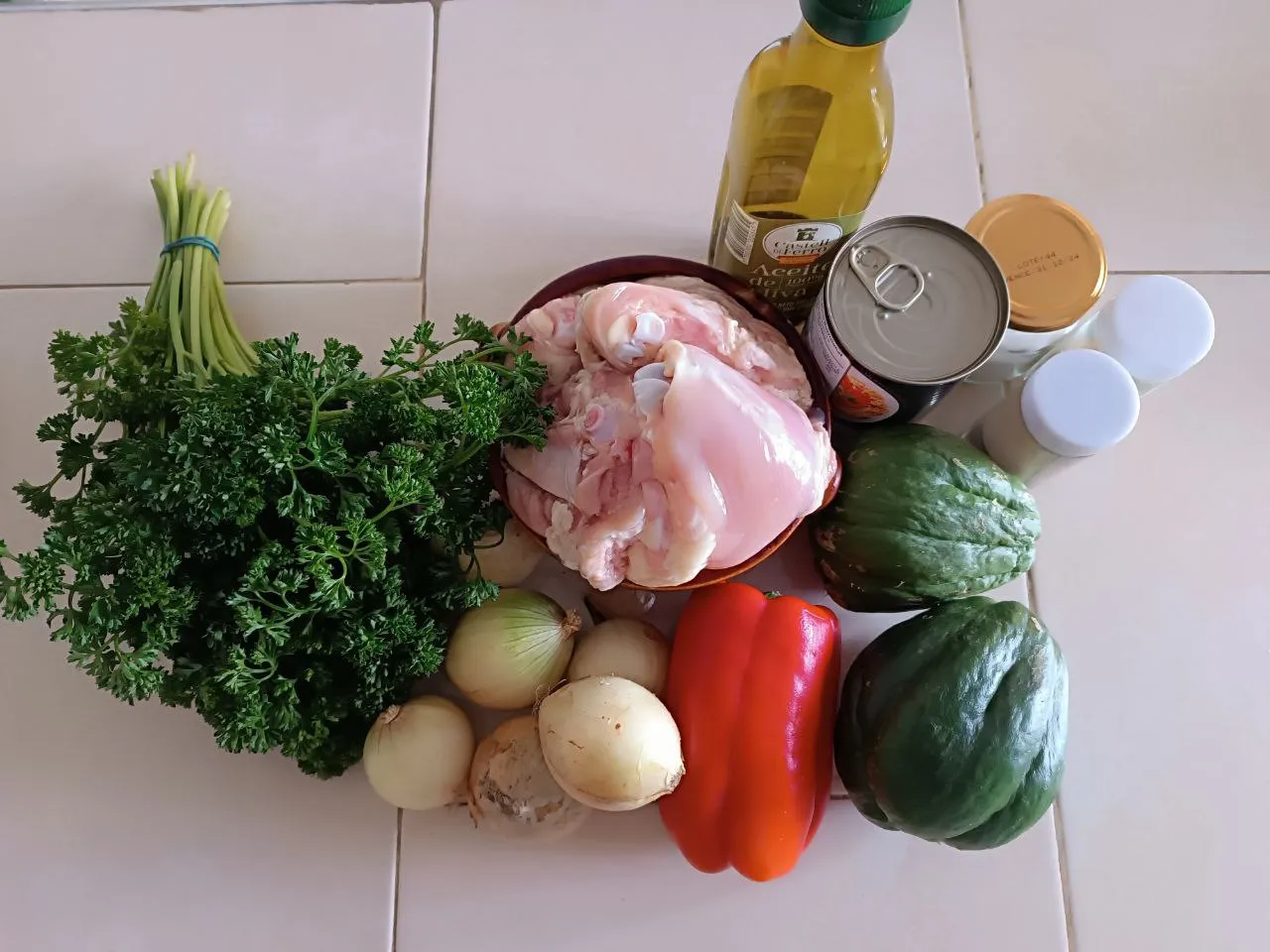 |
|---|

Ingredients
- 6 chicken rump steaks
- 2 small onions, finely chopped
- 1/2 red bell pepper, chopped in cubes
- 2 guatilas or chayotas
- 1 tablespoon of olive oil
- 1 teaspoon salt
- 1 teaspoon pepper
- 1 teaspoon garlic powder
- 2 tablespoons of tomato paste
- Parsley to garnish the final dish
Ingredientes
- 6 Cuadriles de pollo
- 2 cebollas pequeñas, finamente picadas
- 1/2 pimentón rojo, picado en cuadritos
- 2 Guatilas o chayotas
- 1 cda de aceite de oliva
- 1 cdita de sal
- 1 cdita de pimienta
- 1 cdita de ajo en polvo
- 2 cucharadas de pasta de tomate
- Perejil para adornar el plato final


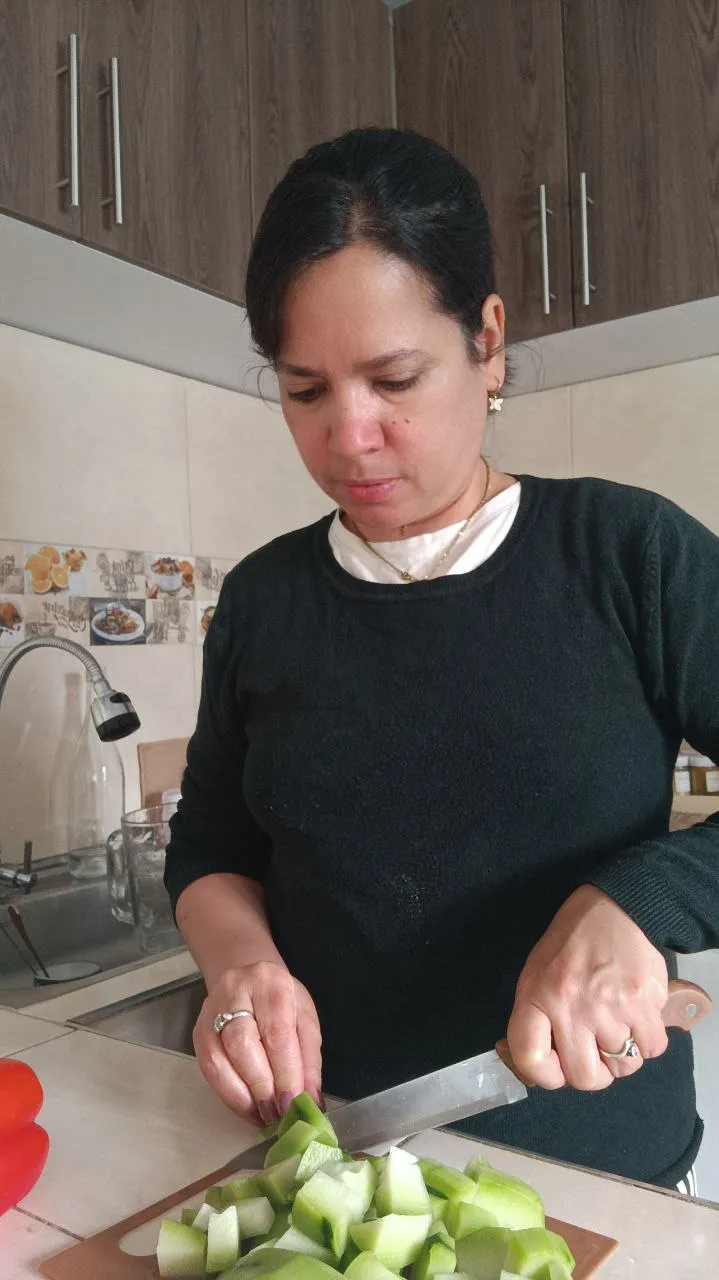

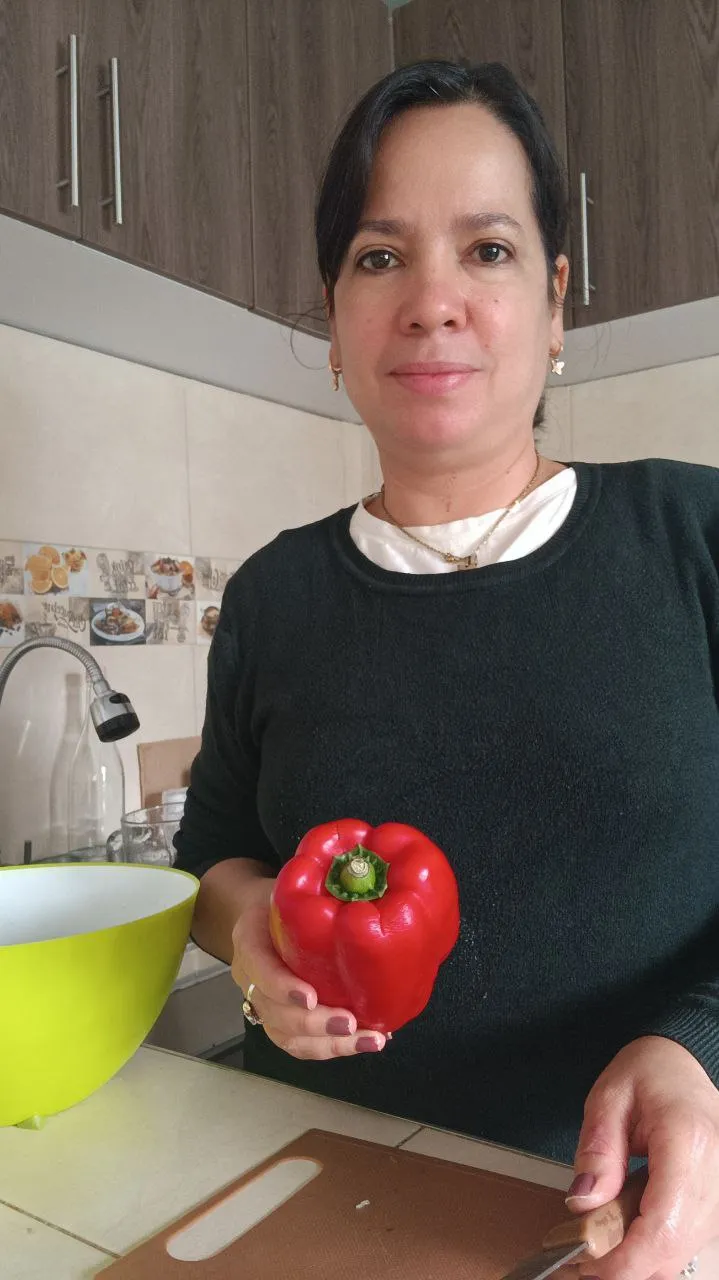 |  | 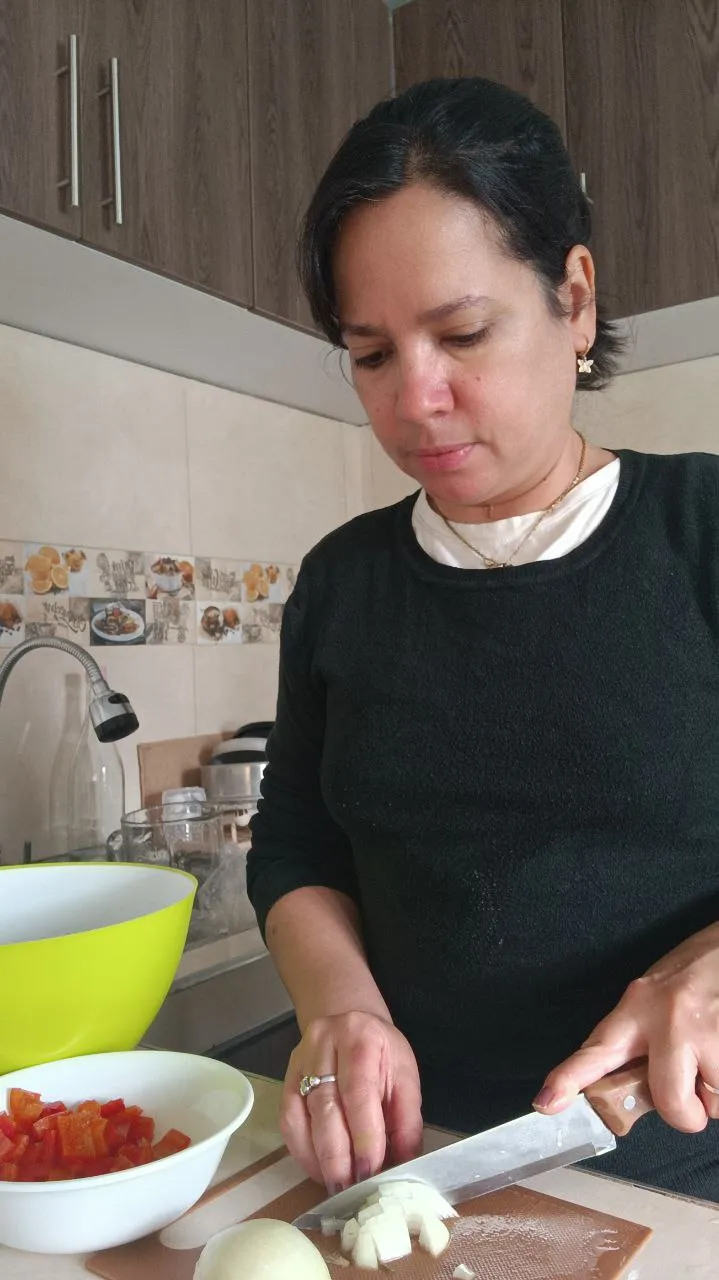 |
|---|

The first action to prepare this recipe is to wash and disinfect the vegetables very well, and clean the chicken pieces well.
Then, peel the guatilas or chayotas, remove the core and cut into more or less large pieces. Also, finely chop the onions and the half bell pepper into small squares.
La primera acción para preparar esta receta es lavar muy bien y desinfectar los vegetales, de igual modo, limpiar bien las piezas de pollo.
Luego, pelamos las guatilas o chayotas, retiramos el corazón y cortamos en trozos más o menos grandes. También, cortamos, finamente, las cebollas y el medio pimentón en cuadritos.


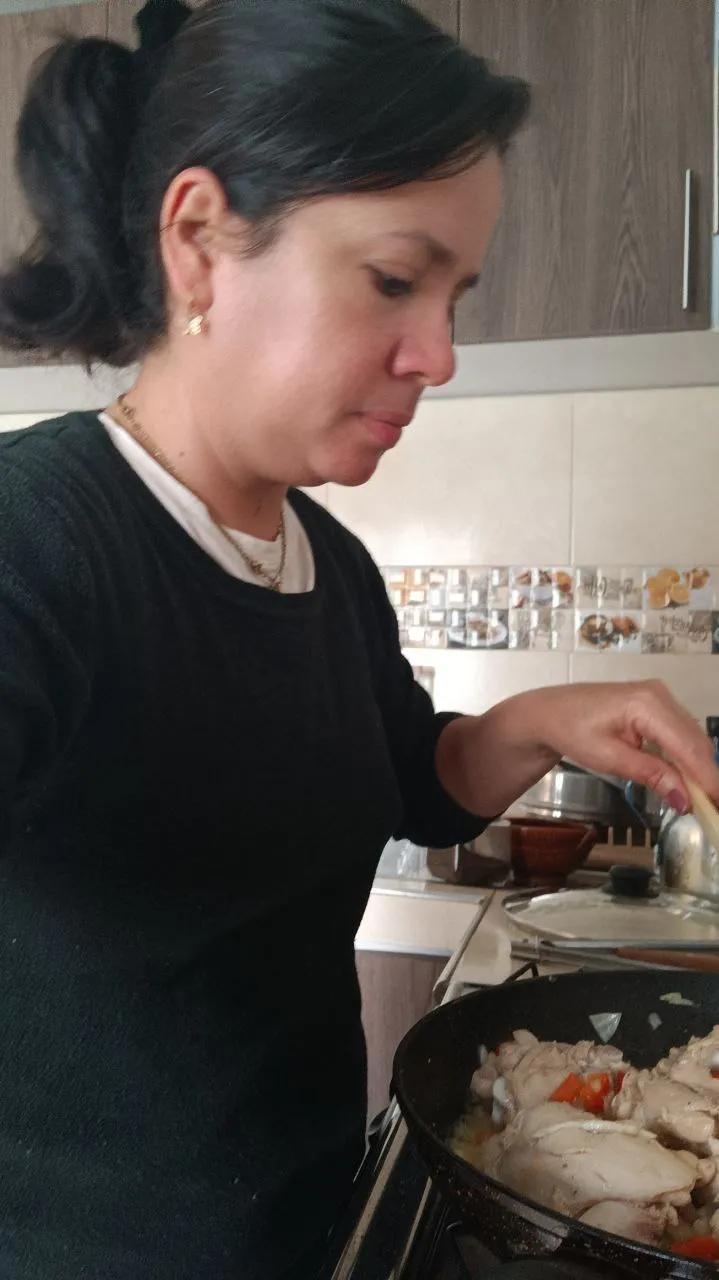
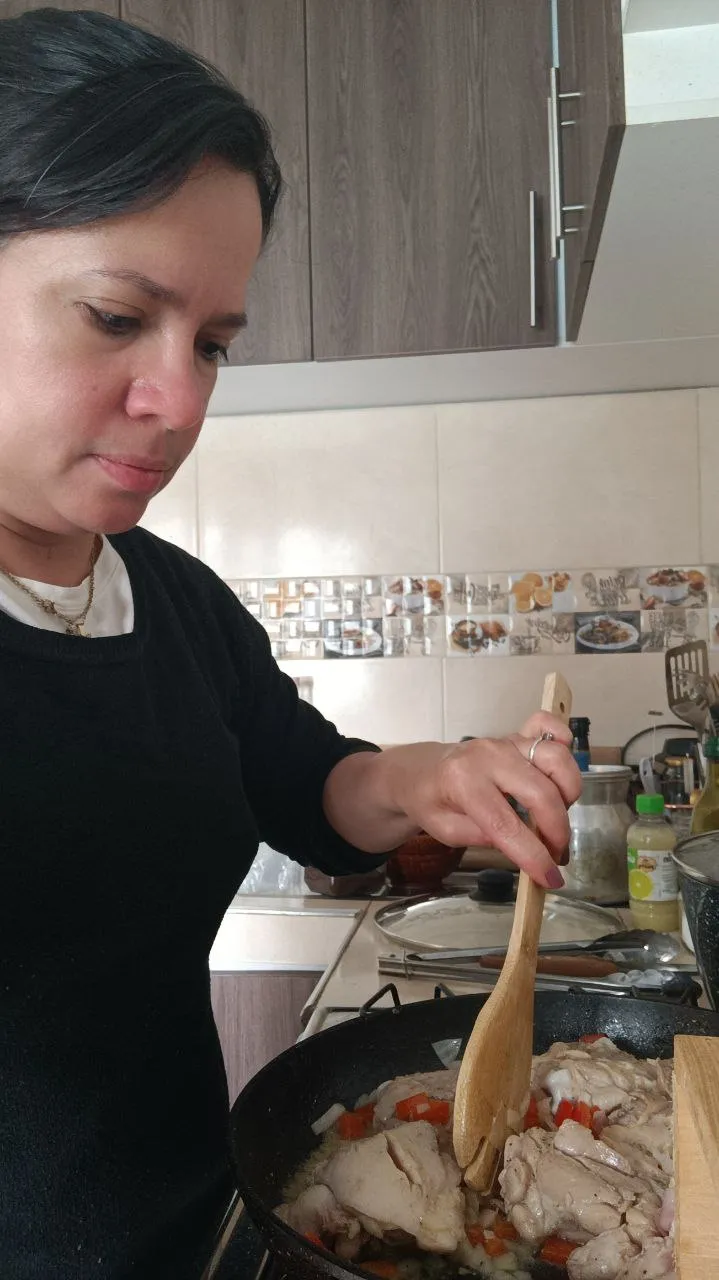
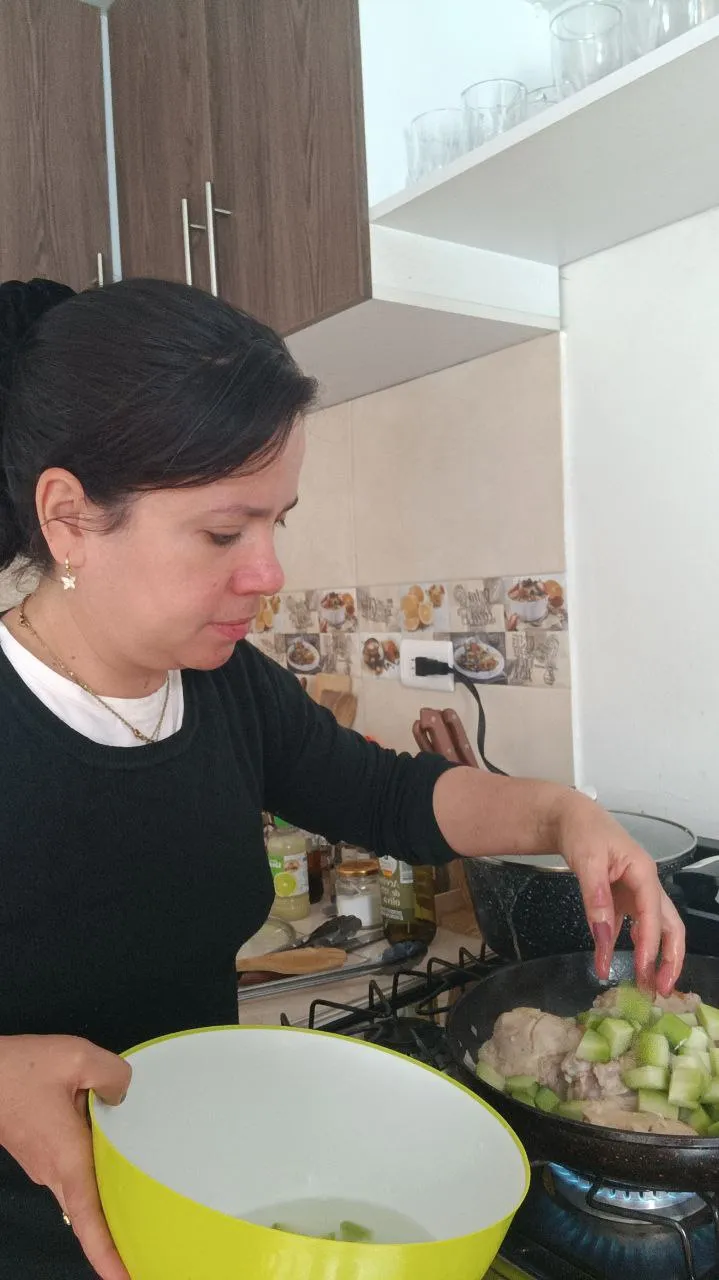

After about five minutes, add the onion, paprika and guatila, stir a little and cover so that everything cooks over medium heat.
Reservamos los vegetales cortaditos y pasamos a sellar el pollo en la sartén, añadimos sal, pimienta, ajo en polvo y, aproximadamente, una cucharada de aceite de oliva.
Luego de unos cinco minutos, agregamos la cebolla, el pimentón y la guatila, Removemos un poco y tapamos para que todo se vaya cocinando a fuego medio.

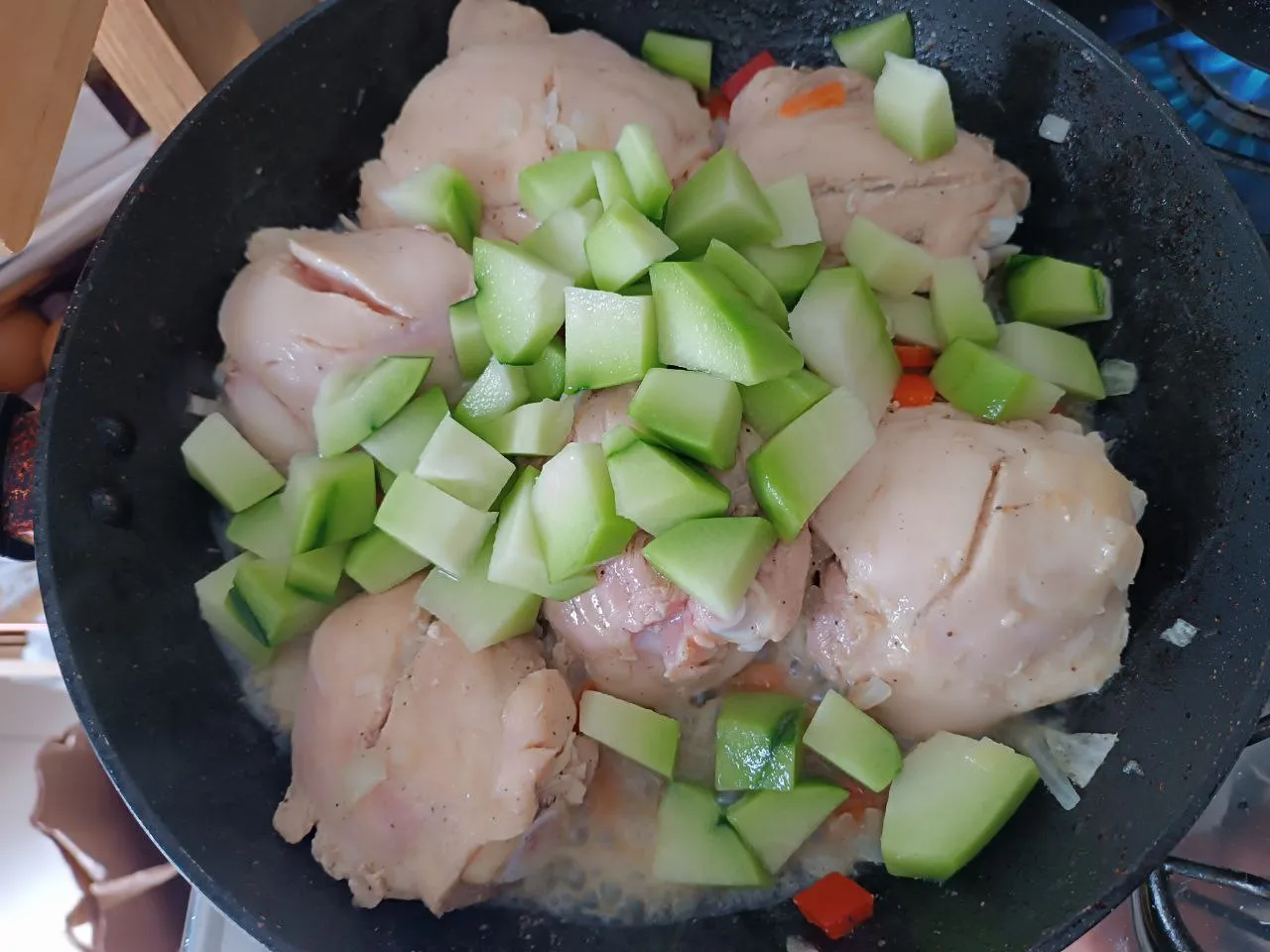 |  | 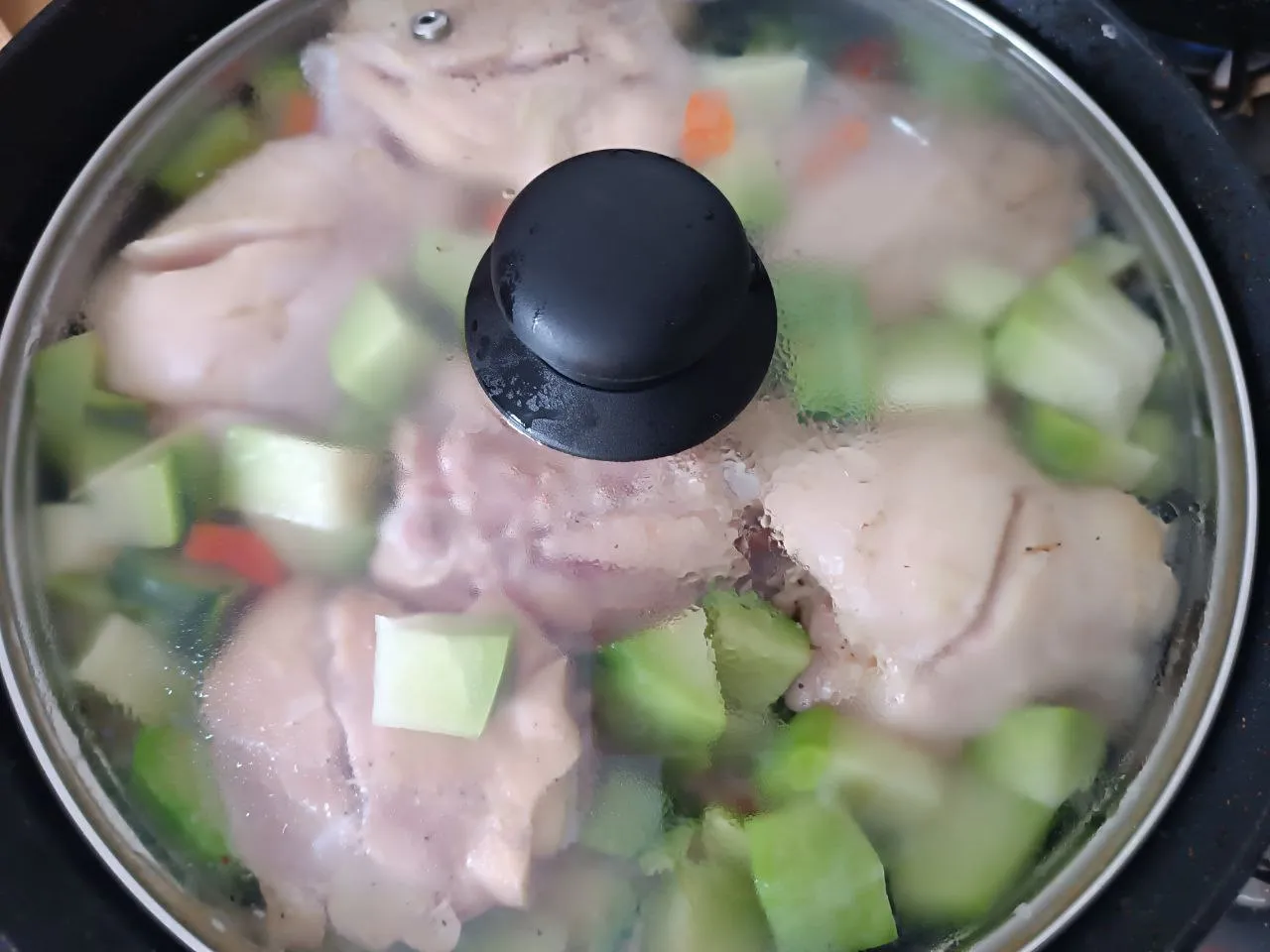 |
|---|
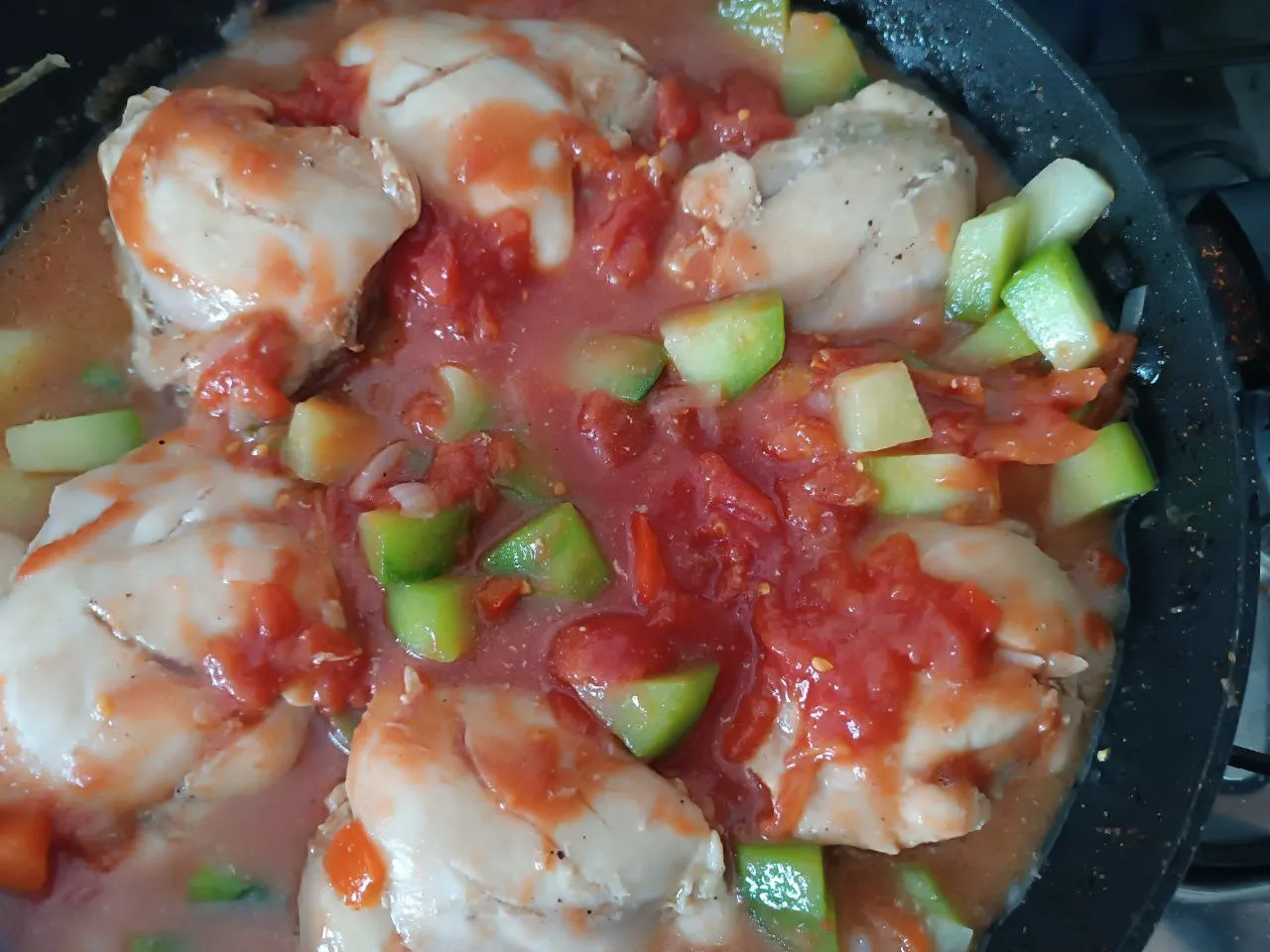 | 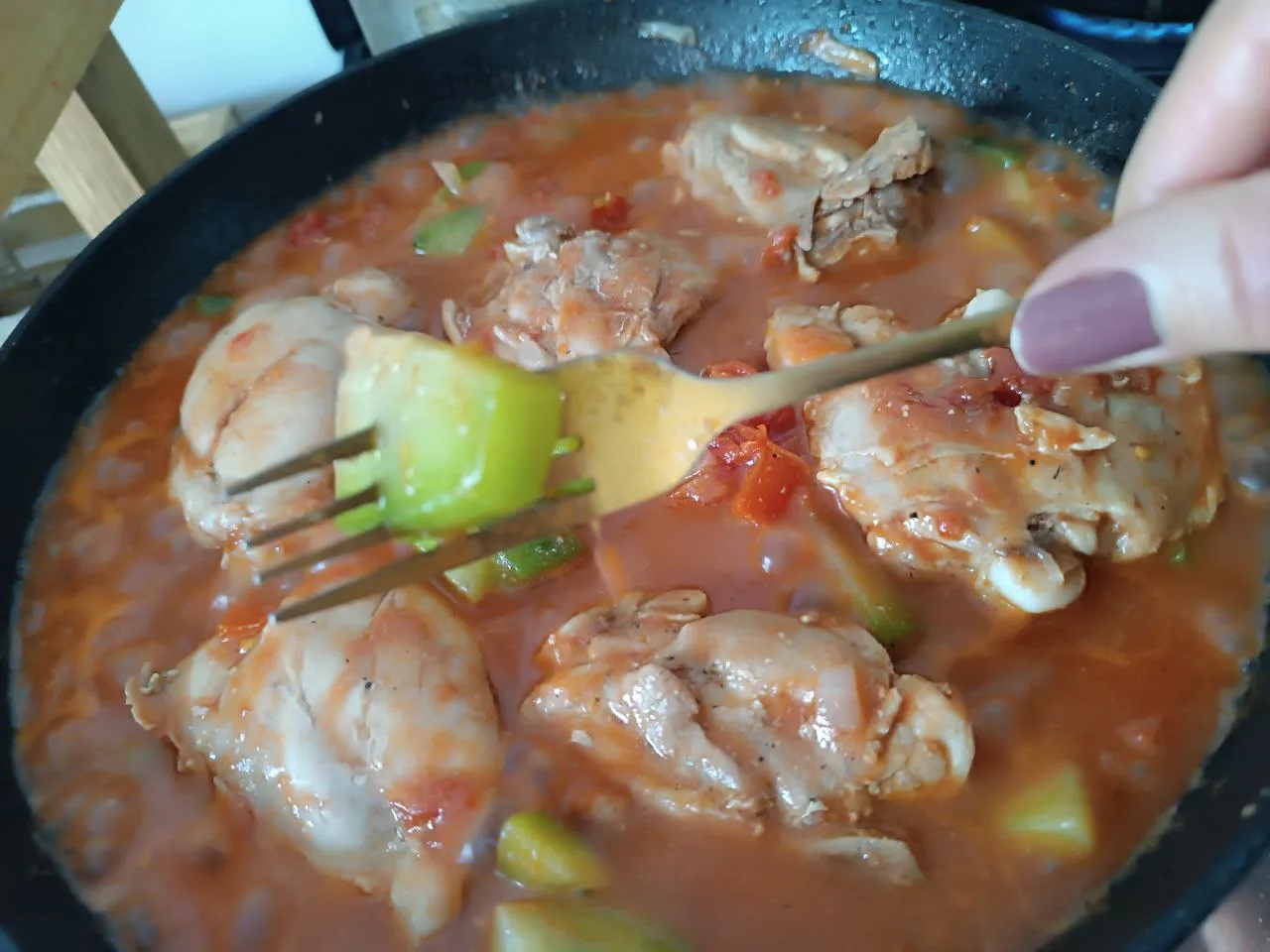 |
|---|

After about ten to fifteen minutes when the chicken has sweated and has enough liquid, add the two tablespoons of tomato paste, stir and cover again.
At this point, we should see if the guavas are already soft. If so, then uncover and allow the juices to reduce a little.
Luego de unos diez o quince minutos cuando el pollo haya sudado y tenga suficiente líquido, agregamos las dos cucharadas de pasta de tomate, removemos y volvemos a tapar.
En este punto, debemos ver si las guatilas ya están blandas. Si es así, entonces, destapamos y dejamos reducir un poco los jugos de la preparación.

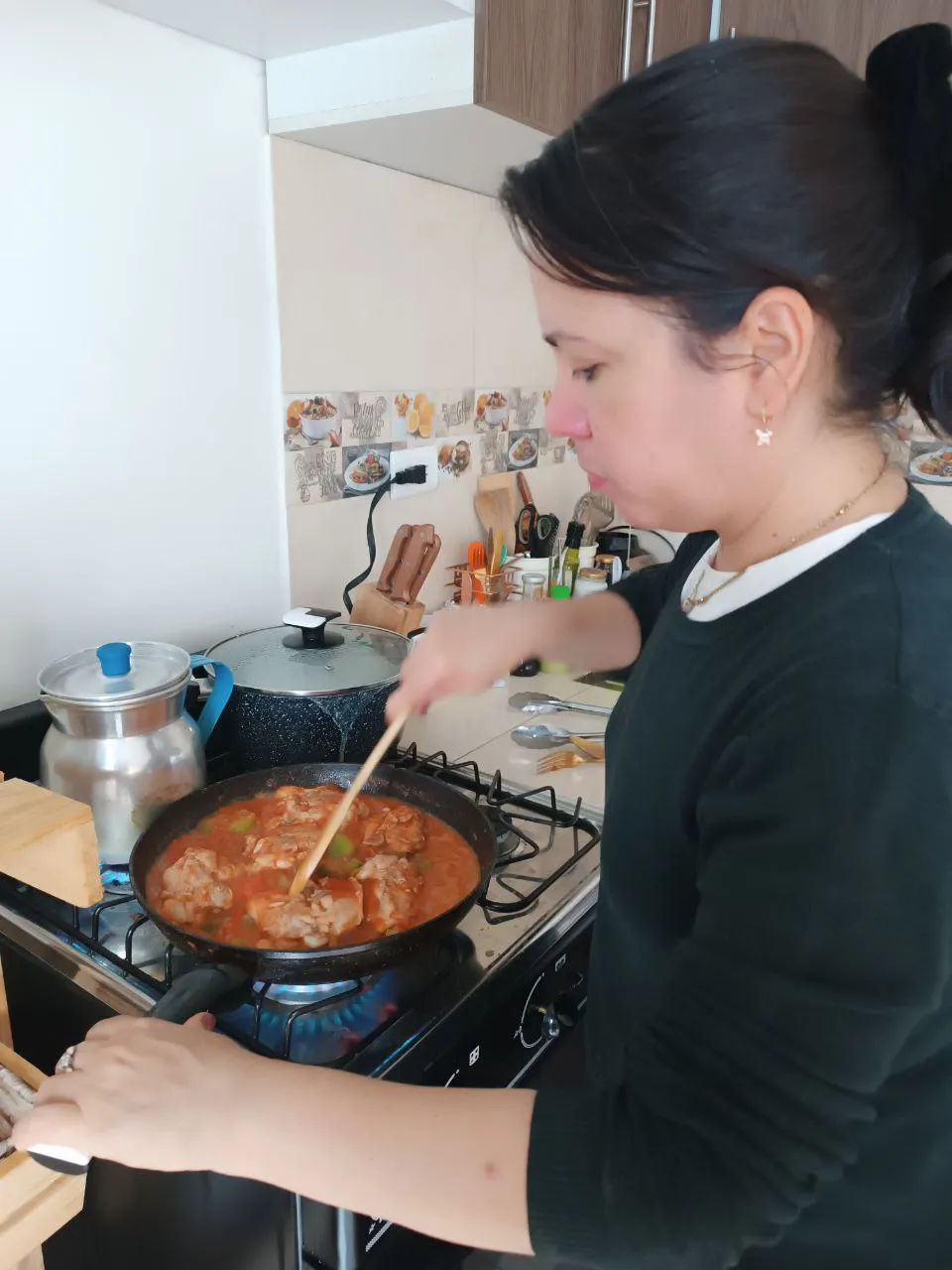 | 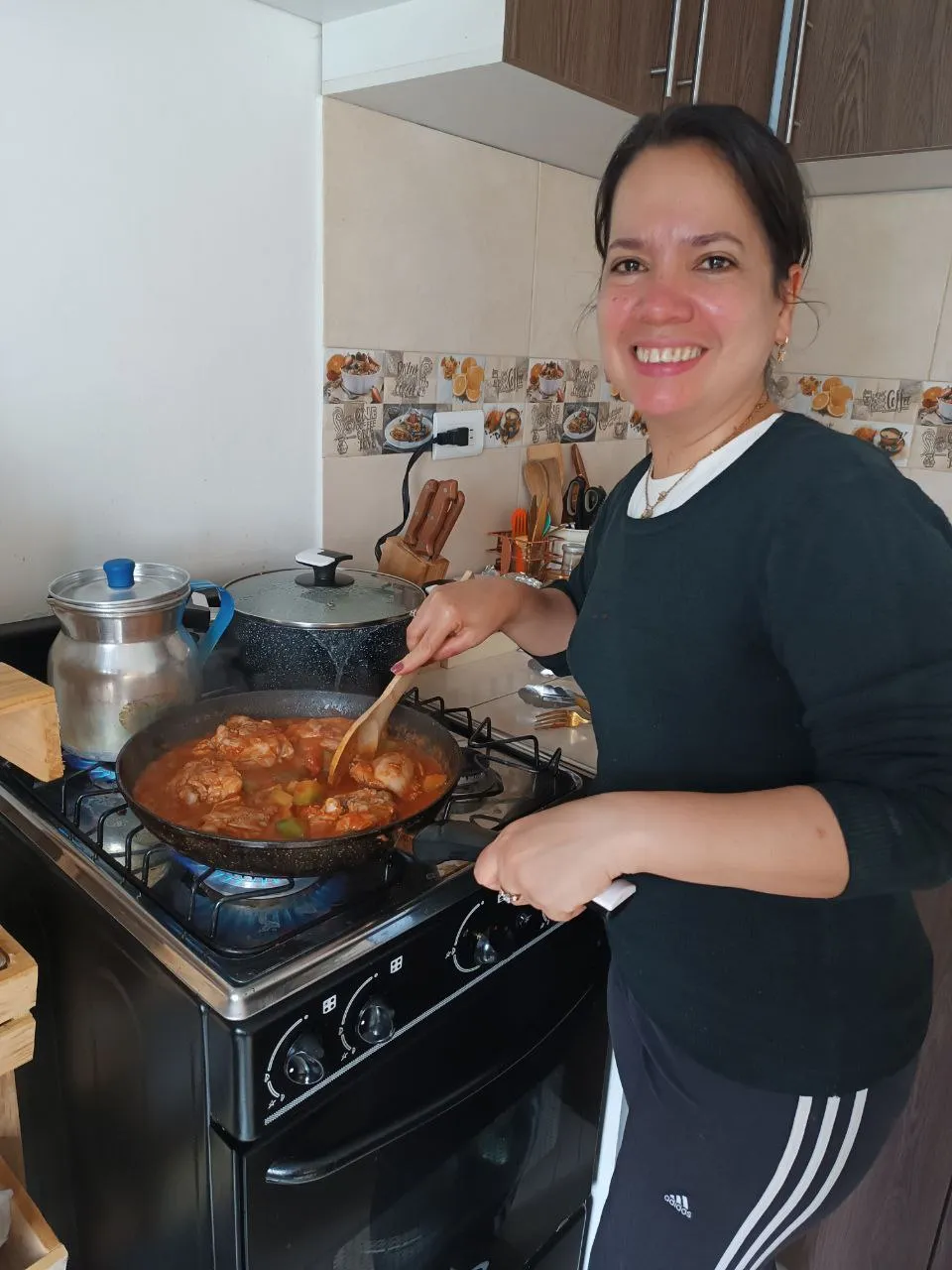 |
|---|

After cooking the chicken and the guatilas in the sauce, the next thing to do is to plate and serve this succulent and nutritious lunch.
To accompany it, I parboiled some ripe plantains, these are always present in my meals, sometimes fried and sometimes parboiled, just as I did for this lunch.
I served two chicken presas with enough guatila, plantain and avocado, and as a special touch, a few sprigs of parsley to garnish.
The guatila was soft and juicy, perfect in this chicken stew.
Con la cocción del pollo y las guatilas en la salsa, lo siguiente es emplatar y servir este suculento y nutritivo almuerzo.
Para acompañar, puse a sancochar unos plátanos maduros, estos no faltan en mis comidas, unas veces los hago fritos y otras sancochados, tal cual como los hice para este almuerzo.
Serví dos presas de pollo con suficiente guatila, plátano y aguacate, y como toque especial, unas ramitas de perejil para adornar.
La guatila quedó blandita y jugosa, perfecta en este estofado de pollo.

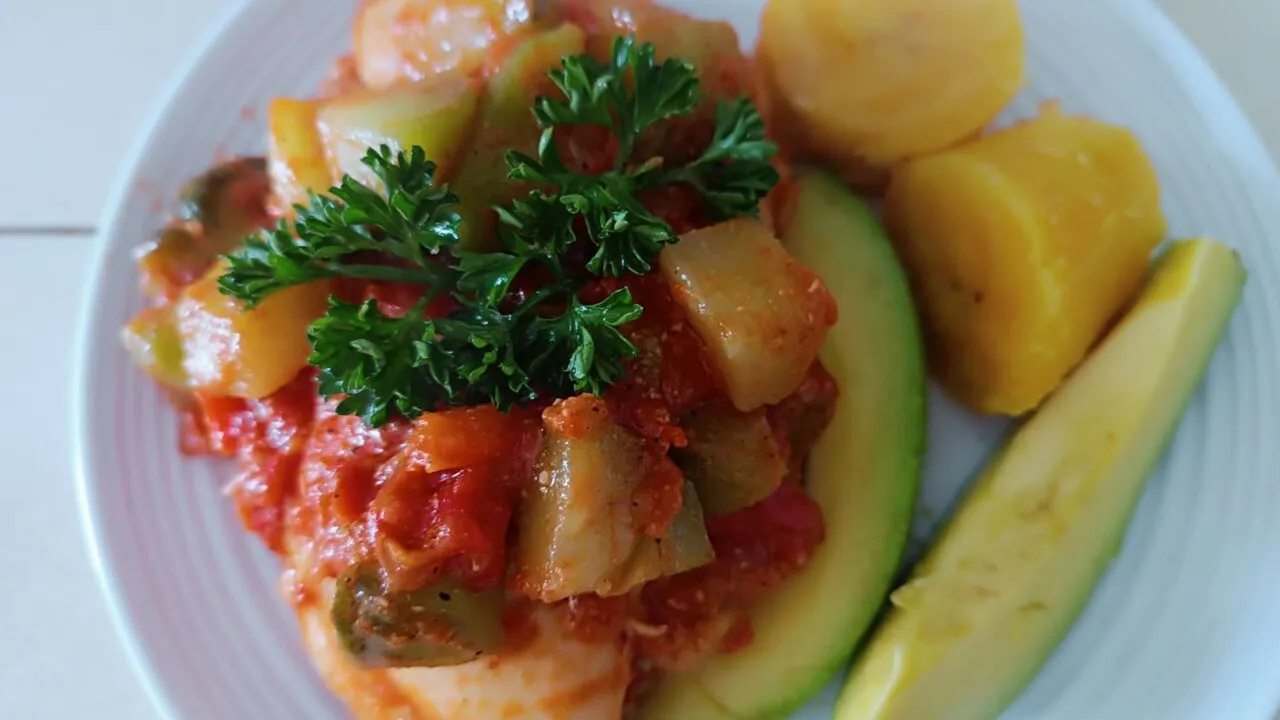

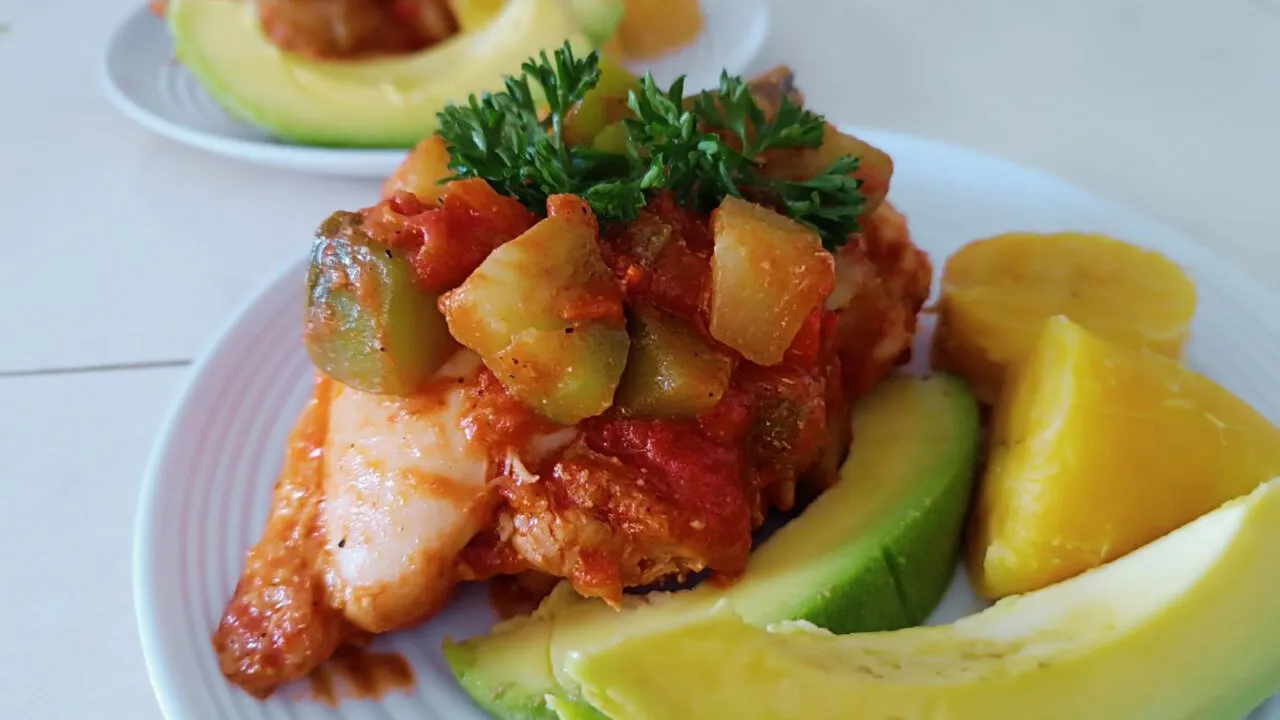

This is the way my chicken and guatila stew is presented. As beautiful as it is delicious and, in addition, very nutritious.
Así quedo emplatado mi estofado de pollo y guatila. Tan bonito como delicioso y, además, muy nutritivo.

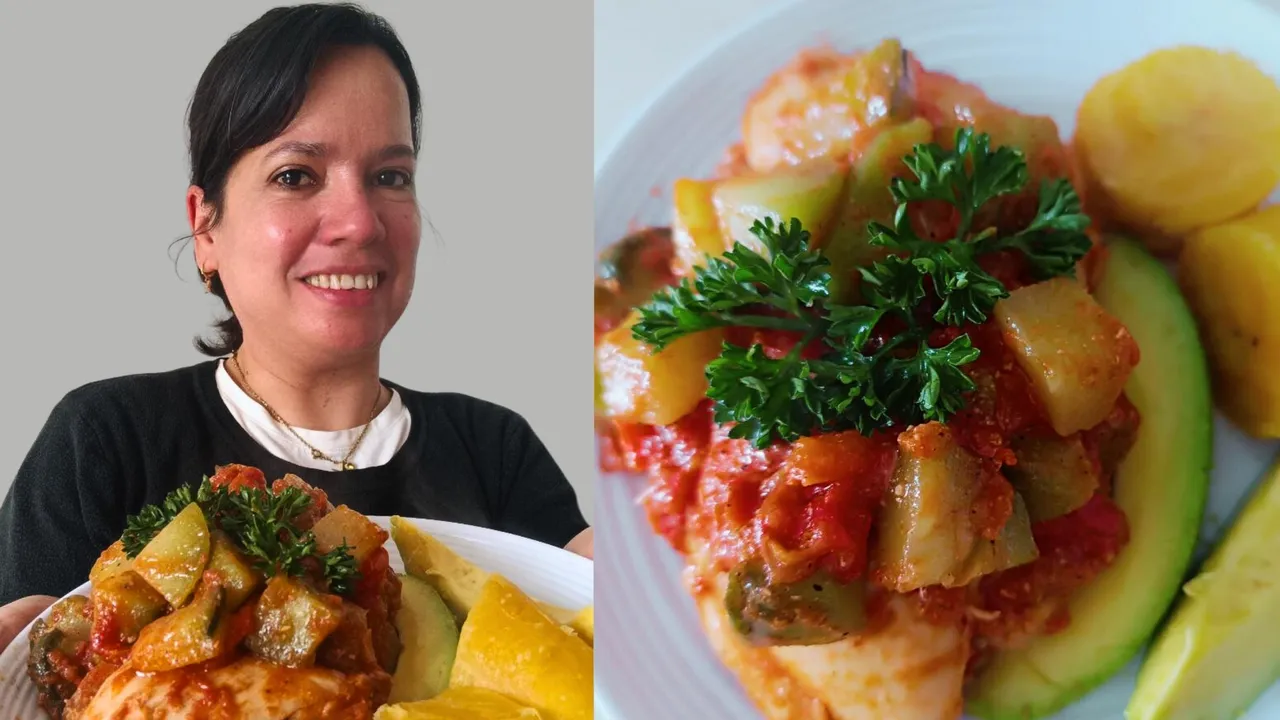

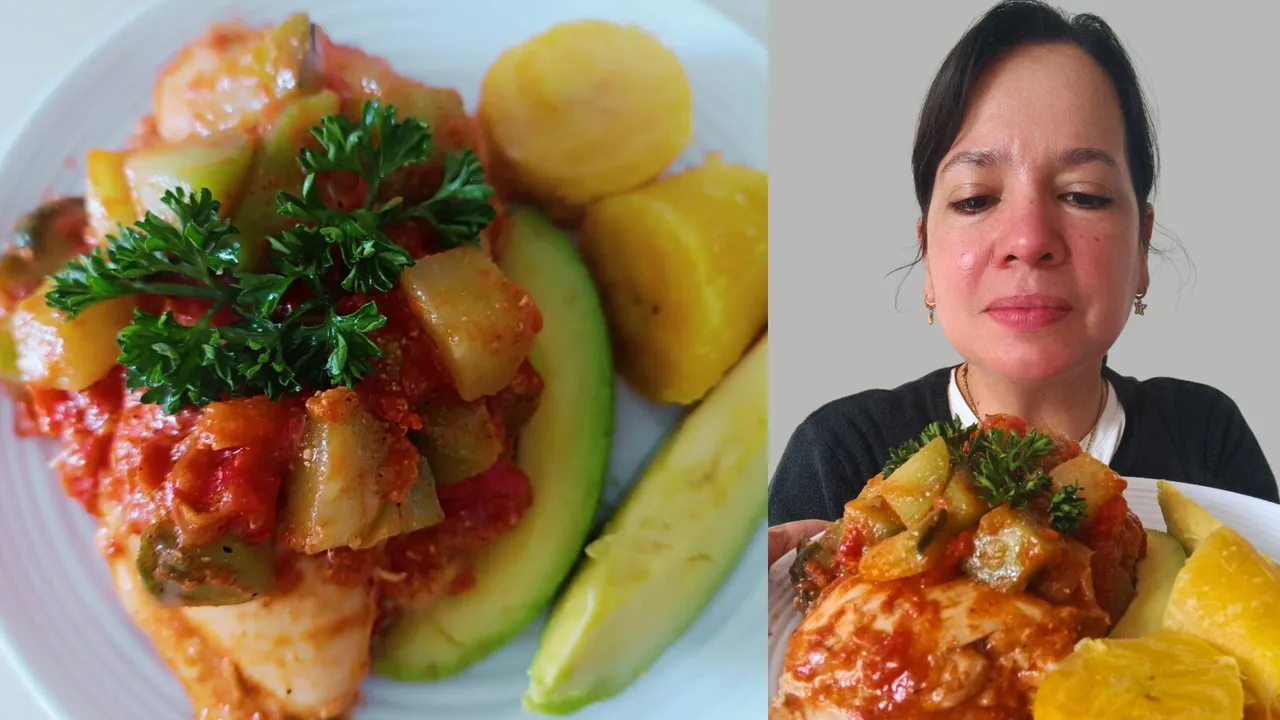

Until next time!
¡Hasta una próxima oportunidad!

Todo el contenido de esta publicación es contenido original y trabajo creativo personal. Los separadores y banners son mis diseños en Canva. Las fotos son de mi propiedad.
All content in this publication is original content and personal creative work. The separators and banners are my designs in Canva. The photos are my property.

